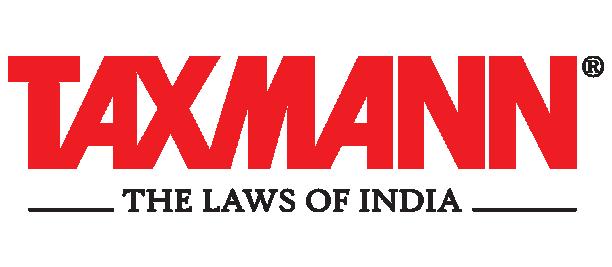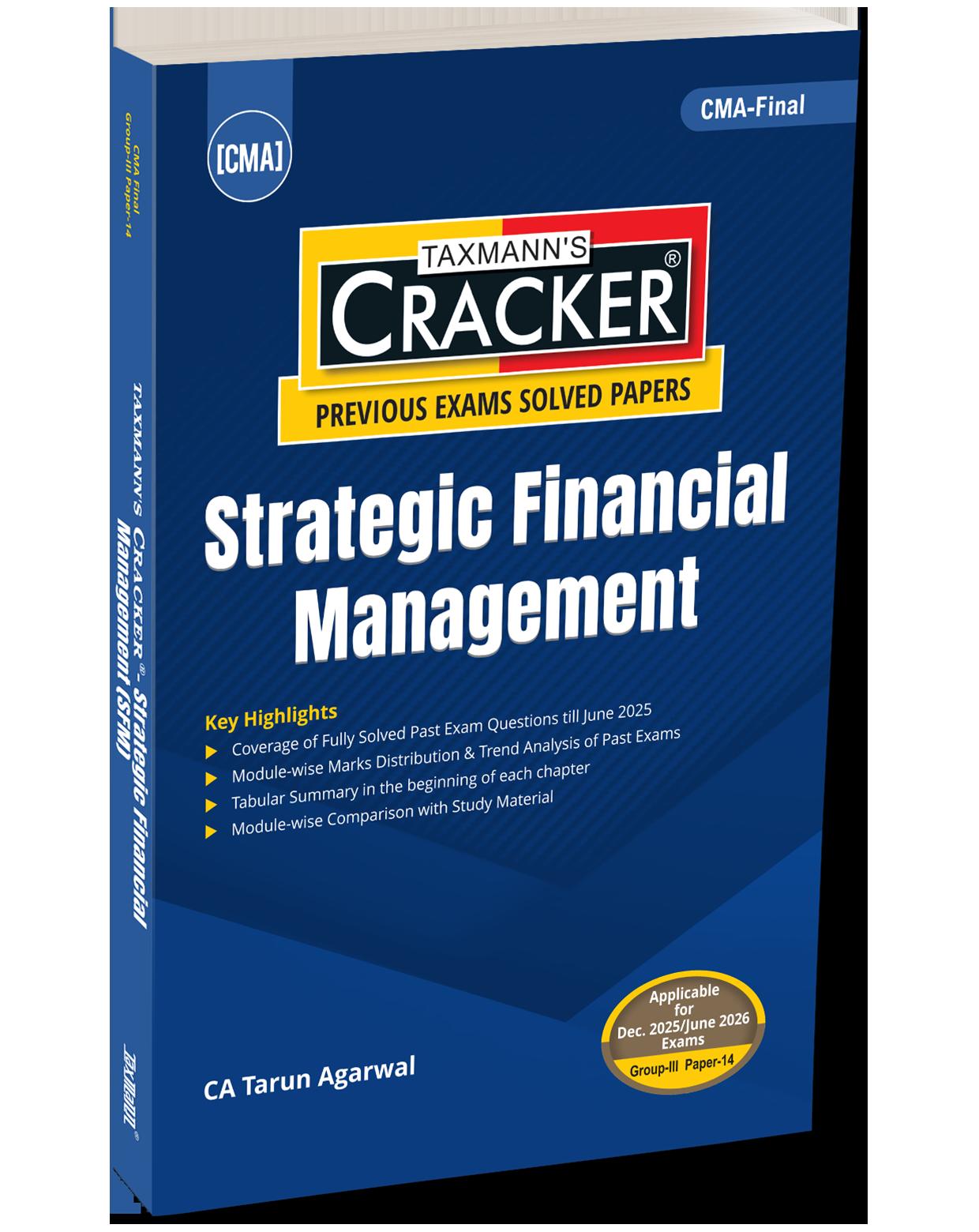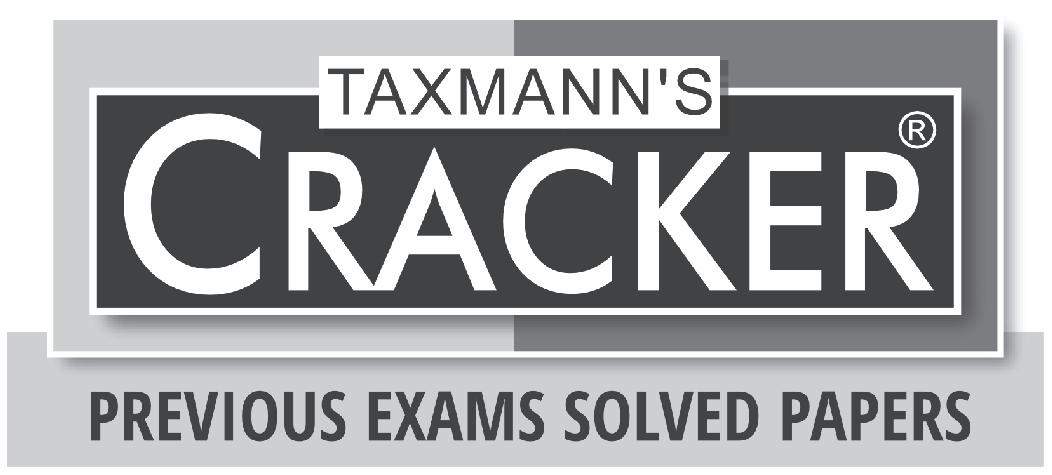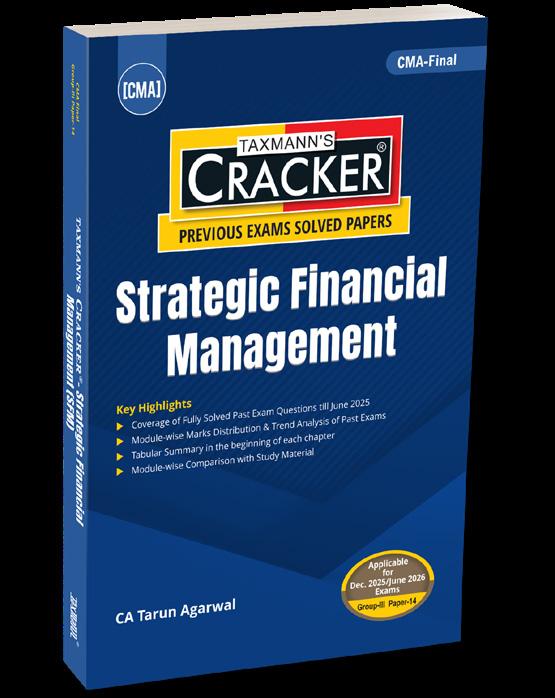A QUICK REVIEW
IMPORTANT CONCEPTS
Definition:
“Securitization” in its widest sense implies every process that converts a business relation into a transaction. To be specific, it refers to the sale of assets, which generate cash flows, from the institution that owns them, to another company (termed as Special Purpose Vehicle) that has been specifically set up for the purpose, and the issuing of notes (preferably interest-bearing bonds) by this second company. These notes are backed by the cash flows from the original assets.
Benefits of Securitization:
(
a)Funding the assets that is owns: Banks can use securitization to (1) support rapid asset growth, (2) diversify their funding mix and reduce cost of funding, and (3) reduce maturity mismatches. Banks aim to optimize their funding between a mix of retail, interbank, and wholesale sources. Securitization is a prime component in this mix. Securitization also helps a bank to reduce its funding costs. This is because the securitization process separates the credit rating of the originating institution from the credit rating of the issued notes. Typically, most of the notes issued by Special Purpose Vehicles (SPVs) will be more highly rated than the bonds issued by the originating bank directly. Finally, bank often funds long-term assets, such as residential mortgages, with short-asset liabilities, such as bank account deposits or interbank funding. This funding “gap” can be mitigated via securitization, as the originating bank receives funding from the sale of the assets, and the economic maturity of the issued notes frequently matches that of the assets.
(b) Balance sheet capital management: Banks use securitization to improve balance sheet capital management. Securitization provides (1) regulatory capital relief, in some cases (depending on the form of the transaction), (2) “economic” capital relief, and (3) diversified sources of funding.
(
c) Risk Management and Credit risk transfer: Once assets have been securitized, the credit risk exposure on these assets for the originating bank is reduced considerably. This is because assets have been sold to the SPV. Securitization can also be used to remove non-performing assets from banks’
balance sheets. This will remove credit risk as well as a potentially negative sentiment from the balance sheet apart from freeing up regulatory capital as before. Further, if any of the securitized NPA starts performing again, or there is a recovery value obtained from defaulted assets, the originator will receive any surplus profit made by the SPV.
Securitization benefits from the view point of investors:
The potential attractions include:
(
a) Ability to diversify into sectors of exposure that might not be available in the regular bond markets (for example, residential mortgages or project finance loans).
(
b) Access to different (and sometimes superior) risk-reward profiles.
(
c) Access to sectors that are otherwise not open to them.
Parties involved in Securitization:
A typical Securitization involves the following parties:
(a) Originator: An originator actually creates a securitized asset. This entity generates (originates) or owns the defined or identifiable cash flow (that is, an income stream from receivables). An example of an originator with assets that can be securitized is a retail bank which may securitize mortgages, automobile loans, credit card receivables, trade receivables etc.
(b) Arranger: An originator usually appoints a financial institution to design and set up the securitization structure. It is known as arranger. It determines the risk profile of the receivables to create different tranches of security, sets up an SPV and also designs credit enhancement and liquidity support.
(c) Special Purpose Vehicle: This is an entity established by the Originator to specifically purchase the assets and realize their off-balance-sheet treatment for legal and accounting purposes. This is generally established in form of a trust or a company and is, as far as legally possible, bankruptcy remote from the originator. The newly incorporated SPV (also called the issuer) issues securities to investors to fund the purchase of the isolated receivables from the originator.
(d) Investors: In a securitization process, typically, financial institutions, insurance companies, pension funds, hedge funds, companies, high net worth individuals are the investors. Investors purchase the securities issued by the SPV according to their risk/return preferences.
(e) Servicers: SPV appoints the servicer to administer and collect the underlying receivables in the capacity of SPV’s agent for a servicing fee stipulated under the servicing agreement.
(f) Rating Agencies: Rating agencies rate the securities to indicate whether the SPV has a strong or weak capacity to pay interest and principal. They act as the ultimate appraiser of the underlying pool of collateral.
(g) Enhancement Providers: They provides credit enhancements to the assetbacked securities. Credit enhancement is used to improve the liquidity, marketability, appeal, and safety of the underlying cash flows (interest and
principal) of a new instrument in the capital market. This enhancement is provided internally by (i) underwriters or dealers that agree to buy the entire subordinated tranche or (ii) banks or insurers that provide unconditional guarantees which the SPV can draw if debtors default.
(h) Regulators: They issues various regulations that guides and regulates the securitization process. Regulations may include accountancy practices and capital adequacy requirements, structuring of SPV, licencing requirements, supervision, laws for trading of securities, data protection etc.
The Securitization Process:
The steps can be summarized as follows:
1. The originator selects the receivables to be assigned.
2. A special purpose entity is formed.
3. The special purpose company acquires the receivables.
4. The special purpose vehicle issues securities which are publicly offered or privately placed.
5. The securities offered by the SPV are structured – usually Class A, B, C (senior, mezzanine, junior). The ratings are driven by the size of credit support, which is, in turn, driven by the expected losses from the pool, which are driven by the inherent risk of default in the pool.
6. The servicer for the transaction is appointed, and is normally the originator.
7. The debtors of the originator or obligors are notified depending on the legal requirements of the country concerned. Most likely, the originator will try to avoid notification.
8. The servicer collects the receivables, usually in an escrow mechanism, and pays off the collection to the SPV.
9. The SPV passes the collections to the investors or reinvests the same to pay off the investors at stated intervals. The pay-down to investors will follow the formula fixed in the transaction, which may either sequentially pay Class A, B and C, or pay them proportionally, or in any other pattern.
10. In case of default, the servicer takes action against the debtors as the SPV’s agent. If losses are realized, they are distributed in the reverse order of seniority.
11. When only a small amount of outstanding receivables are left to be collected, the originator usually cleans up the transaction by buying back the outstanding receivables.
12. At the end of the transaction, the originator’s profit, if retained and subject to any losses to the extent agreed by the originator, in the transaction is paid off.
Problems of Securitization:
In spite of its widely recognised benefits, securitization has a few limitations as well.
(a) Though theoretically the cost of securitizing assets is expected to be lower than the cost of mainstream funding, actually, securitization has proved to be a costly source, primarily in emerging markets due to the higher premium demanded by the investors and additional cost of rating and legal fees.
(
b) Setting up of an SPV requires high initial payment. Hence, there is a certain minimum economic size below which securitization is not cost effective.
(
c) Securitization transfers the problem of asset liability mismatch to investors. The profile of the repayment of principal to investors in a pass-through transaction replicates the payback pattern of the assets.
(
d) Securitization requires high level of disclosure of information. In addition to the disclosures required by regulators, there are disclosures to services, trustees, rating agencies, and in some circumstances, even to investors.
(
e) Investors are interested only in asset backed securities which have a high quality. So, banks can securitize only better-quality receivables.
(
f) Banks often allow debt restructuring to their business clients to tide over business emergencies. Since, securitization transactions are looked after by professional trustees who do not have any discretion to allow time or skip payments, debt restructuring cannot be possible here. Restructuring provisions of bankruptcy laws also do not come to the rescue as most SPVs are structured as bankruptcy remote entities.
(
g) As per the current accounting standards, securitization accounting leads to upfront booking of profits. These profits represent not only the profits encashed while making the sale, but even estimated profits based on future profitability of the transaction.
Securitization Instruments:
Asset-Backed Securities (ABSs): are financial securities backed by incomegenerating assets such as credit card receivables, home equity loans, student loans, and auto loans etc. These are created when a company sells its loans or other debts to an issuer, a financial institution that then packages them into a portfolio to sell to investors. These may act as an alternative of bond investments.
Mortgage-Backed Securities (MBS): are variations of asset-backed securities that are formed by pooling together mortgages exclusively. The bank handles the loans and then sells them at a discount to be packaged as MBSs to investors as a type of collateralized bond. For an investor, MBS is attractive as there exists mortgages as the back-up.
Collateralized Debt Obligations (CDOs): consolidate a group of fixed income assets such as high-yield debt or asset-backed securities into a pool, which is then divided into various tranches. They can be further divided into:
(a) Collateralized Bond Obligations (CBOs): are CDOs backed primarily by corporate bonds.
(b) Collateralized Loan Obligations (CLOs): are CDOs backed primarily by leveraged bank loans.
(c) Commercial Real Estate Collateralized Debt Obligations (CRE CDOs): are CDOs backed primarily by commercial real estate loans and bonds.
Different type of securities issued by the Special Purpose Vehicle (SPV) in securitization transactions are as follows:
(
a) Pass Through Certificates: In case of a pass-through certificate, payments to investors depend upon the cash flow from the assets backing such certificates. That is to say, as and when cash (principal and interest) is received from the original borrower by the SPV, it is passed on to the holders of certificates at regular intervals and the entire principal is returned with the retirement of the assets packed in the pool. Thus, pass through have a single maturity structure and the tenure of these certificates is matched with the life of the securitized assets.
(
b) Pay Through Certificates: Pay through certificates has a multiple maturity structure depending upon the maturity pattern of underlying assets. Thus, the SPV can issue two or three different types of securities with different maturity patterns like short term, medium term and long term. Thus, these have a greater flexibility with varying maturity pattern needed by the investors. In case of Pay Through Certificates, the SPV instead of transferring undivided interest on the receivables issues debt securities such as bonds, repayable on fixed dates, but such debt securities in turn would be backed by the mortgages transferred by the originator to the SPV. The SPV will temporarily reinvest the cash flows to the extent required to bridge the gap between the date of payments.
(
c) Preferred Stock Certificates: These are issued by a subsidiary company against the trade debts and consumer receivables of its parent company. In other words, subsidiary companies buy the trade debts and receivables of parent companies to enjoy liquidity. Generally, these stocks are backed by guarantees given by highly rated merchant banks and hence they are also attractive from the investor’s point of view. These instruments are generally short term in nature.
(d) Asset Backed Commercial Papers: This type of structure is mostly prevalent in mortgage-backed securities. Under this the SPV purchases portfolio of mortgages from different sources (various lending institution) and they are combined into a single group on the basis of interest rate, maturity dates and underlying collaterals. They are then transferred to a Trust which in turn issued mortgage-backed certificate to the investors. These are also of short term in nature.
(
e) Interest Only Certificates: In case of these certificates, payments are made to investors only from the interest incomes earned from the assets securitized.
(f) Principal Only Certificates: As the very name suggest payment are made to the investors only from the repayment of principal by the original borrower. These certificates enable speculative dealings since the speculators know well that the interest rate movements would affect the bond value immediately. When interest rate increases, the bond value will decline and vice versa.
PAST EXAMINATION QUESTIONS
OBJECTIVE QUESTIONS
Q. 1 An instrument of debt having investment grade rating by a credit rating agency.
(a) Implies that the investment is safe and recommends that the investor can go ahead and invest in the security.
(b) Implies that all statutory compliances of the issuing entity are fulfilled.
(c) Implies that the investment is sound at the time of issue and the issue price is reasonable.
Ans. (d) Implies an opinion of the rating agency that the instrument will payback the capital and the stated interest on time.
Q. 2 The concept of securitization is associated with__________.
(a) Capital Market
(b) Money Market
(c) Debt Market
(d) Foreign Exchange Market [June 2024, 2 Marks]
Ans. (c) Debt Market
(d) Implies an opinion of the rating agency that the instrument will pay-back the capital and the stated interest on time. [June 2023, 2 Marks]
THEORY QUESTIONS
Q. 1 What are the differences between Merchant Banks and Commercial Banks? [June 2015, 4 Marks]
Ans. The differences between merchant banks and commercial banks are:
(i) Commercial banks do Banking business i.e., accept deposits and use deposits for giving loan but merchant bank work as consultancy type business i.e., helps in issue of management in issue of shares etc.
(ii) The nature of loan given by commercial bank is debt related but loan given by merchant bank is equity related.
(iii) Commercial bank does not take any risk of client but merchant bank takes risk of client.
(iv) Commercial bank acts as a financer but merchant bank acts as a financial advisor.
(v) Commercial banks are regulated by the Banking Regulation Act, 1949 and are under the control of RBI whereas merchant banks are governed by rules and regulations framed by SEBI.
(vi) Commercial banks do mass banking with general public but merchant bank deals with a class of selected clients.
Q. 2 Explain any two limitations of Credit Rating. [June 2015, 4 Marks]
Ans. Credit rating is a very important indicator for prudence but it suffers from certain limitations. Some of the limitations are:
(
a) Conflict of interest: The rating agency collects fees from the entity it rates leading to a conflict of interest. Since the rating market is very competitive, there is a distance possibility of such conflict entering into the rating system.
(
b) Industry Specific rather than company specific: Downgrades are linked to industry rather than company performance. Agencies given importance to macro aspects and not to micro ones overreact to existing conditions which come from optimistic/pessimistic views arising out of up/down turns. At times value judgments are not ruled out.
(
c) Rating Changes: Ratings given to instruments can change over a period of time. They have to be kept under constant watch. Downgrading of an instrument may not be timely enough to keep investors educated over such matters.
(
d) Corporate Governance Issues: Special attention is paid to:
Rating agencies getting more of their revenues from a single service or group. Rating agencies enjoying a dominant market position. They may engage in aggressive competitive practices my refusing to rate a collateralized/ securitized instrument or compel an issuer to pay for services rendered. Greater transparency in the rating process viz. in the disclosure of assumptions leading to a specific public rating.
(
e) Basic of Rating: Rating are based on point of time concept rather than on period of time concept and thus do not private a dynamic assessment.
Q. 3 Write down the differences between Factoring and Securitization, with respect to investors, recourse and receipt of payment. [Dec. 2015, 3 Marks]
Ans.
BasisFactoringSecuritisation
Investors Only one party is involved Issues of securitization are sold to a wide Range of investors.
Recourse This may be with or without recourseIt is generally without recourse.
Receipt of payment Payment from the factor comes in after a time lag, during which the factor charges interest for any advances allowed. Cash is generally received as soon as the issue is placed.
Q. 4 ‘Credit Rating’ does not measure certain things/factors. Identify them. [Dec. 2015, 5 Marks]
Ans. Credit rating does not measure the following:
1. Investment recommendation: Credit Rating does not make any recommendation on whether to invest or not.
2. Investment decision: They do not take into account the aspects that influence an investor.
3. Issue price: Credit Rating does not evaluate the reasonableness of the issue price, possibilities for capital gains or liquidity in the secondary market.
4. Risk of payment: Ratings do not take into account the risk of payment by issuer, or interest or exchange risks.
5. Statutory compliance: Credit Rating does not imply that there is absolute compliance of statutory requirements in relation to audit, taxation, etc. By the issuing company.
Q. 5 Write Short Notes on Asset-Backed Risk.
[Dec. 2021, 3 Marks]
Ans. It is the risk that the changes in values of one or more assets that support an asset-backed security will significantly impact the value of the supported security. This kind of risk especially arises in securitization transactions where by cash flows due on assets/receivables are pooled together to issue securities, the servicing of which is backed by the cash flows on such underlying assets.
Q. 6 Enumerate what are the features of Securitization. [June 2023, 6 Marks]
Ans. The features of Securitization are enumerated below:
(
i) Creation of financial instruments - The process of securities can be viewed as process of creation of additional financial product of securities in market backed by collaterals.
(ii) Bundling and Unbundling - When all the assets are combined in one pool it is bundling and when these are broken into instruments of fixed denomination it is unbundling.
(iii) Tool of Risk Management - In case of assets are securitized on on-resource basis, then securitization process acts as risk management as the risk of default is shifted.
(iv) Structured finance - In the process of securitization, financial instruments are tailor structured to meet the risk return trade of profile of investor, and hence, these securitized instruments are considered as best examples of structured finance.
(v) Trenching - Portfolio of different receivable or loan or asset are split into several parts based on risk and return they carry called “Tranche”. Each Trench carries a different level of risk and return.
(vi) Homogeneity - Under each tranche the securities issued are of homogeneous nature and even meant for small investors who can afford to invest in small amounts.
Q. 7 Briefly append primary participants in the process of securitization (Any four). [Dec. 2023, 4 Marks]
Ans. The following are the Primary participants in the process of Securitization:
(i) Originator: An originator actually creates a Securitized assets.
(ii) Arranger:
An originator usually appoints a financial Institution to design and set up the Securitization Structure. It is known as arranger.
(iii) Special Purpose Vehicle (SPV):
This is an entity established by the originator to specifically purchase the assets.
(iv) Investor:
In a Securitization process, typically, financial Institution, Insurance companies, Pension Funds, Hedge Funds, companies are the investor.
(v) Services:
SPV appoints the Services to administer and collect the underlying receivables.
(vi) Rating Agencies:
Rating Agencies rate Securities.
(vii) Enhancement Provider:
They provide credit enhancement to the asset – backed securities.
(viii) Regulators:
The Regulators issue various regulations that guides securitization process.
Q. 8 “There are different types of Securities issued by the Special Purpose Vehicle (SPV) in Securitization Transactions.” In this context, append any four Securities issued by SPV. [Dec. 2023, 4 Marks]
Ans. Different type of securities issued by the Special Purpose Vehicle (SPV) in securitization transactions are as follows:
(i) Pass Through Certificates:
In case of a pass-through certificate, payments to investors depend upon the cash flow from the assets backing such certificates. That is to say, as and when cash (principal and interest) is received from the original borrower by the SPV, it is passed on to the holders of certificates at regular intervals and the entire principal is returned with the retirement of the assets packed in the pool.
(ii) Pay Through Certificates:
Pay through certificates has a multiple maturity structure depending upon the maturity pattern of underlying assets. Thus, the SPV can issue two or three different types of securities with different maturity patterns like short term, medium term and long term.
(iii) Preferred Stock Certificates:
These are issued by a subsidiary company against the trade debts and consumer receivables of its parent company. In other words, subsidiary companies buy the trade debts and receivables of parent companies to enjoy liquidity.
(iv) Asset Backed Commercial Papers:
This type of structure is mostly prevalent in mortgage-backed securities. Under this the SPV purchases portfolio of mortgages from different sources (various
lending institution) and they are combined into a single group on the basis of interest rate, maturity dates and underlying collaterals.
(v) Interest Only Certificates:
In case of these certificates, payments are made to investors only from the interest incomes earned from the assets securitized.
(vi) Principal Only Certificates:
As the very name suggest payment are made to the investors only from the repayment of principal by the original borrower. These certificates enable speculative dealings since the speculators know well that the interest rate movements would affect the bond value immediately.
Q. 9 In spite of its widely recognized benefits, “securitization has a few limitations as well”. In this context summarize those limitations. (Any Four) [Dec. 2024, 4 Marks]
Ans. In spite of its widely recognized benefits, securitization has a few limitations as well, as follows:
(i) Though theoretically the cost of securitizing assets is expected to be lower than the cost of mainstream funding actually. Securitization has proved to be a costly source, primarily in emerging markets due to the higher premium demanded by the investors and additional cost of rating and legal fees.
(ii) Setting up of an SPV requires high initial payment. Hence, there is a certain minimum economic size below which securitization is not cost effective.
(iii) Securitization transfers the problem of asset liability mismatch to investors. The profile of the re-payment of principal to investors in a pass–through transaction replicates the payback pattern of the assets.
(iv) Securitization requires high level of disclosure of information. In addition to the disclosures required by regulators, there are disclosures to services, trustees, rating agencies and in some circumstances, even to investors.
(v) Investors are interested only in asset backed securities which have a high quality. So, banks can securitize only better - quality receivables.
(vi) Banks often allow debt restructuring to their business clients to tide over business emergencies. Since, securitization transactions are looked after by professional trustees who do not have any discretion to allow time or skip payments, debt restructuring cannot be possible here.
(vii) As per the current accounting standards, securitization accounting leads to upfront booking of profits. These profits represent not only the profits encashed while making the sale, but even estimated profit based on future profitability of the transaction.
Q. 10 “A Financial Institution Securitizes part of its balance sheet for various reasons.” In this context identify and briefly explain the said main reasons. [June 2025, 4 Marks]
Ans.
A financial institution securitizes part of its balance sheet for three main reasons:
(
a) Funding the assets that is owns: Banks can use securitization to (1) support rapid asset growth, (2) diversify their funding mix and reduce cost of funding, and (3) reduce maturity mismatches. Banks aim to optimize their funding between a mix of retail, interbank, and wholesale sources. Securitization is a prime component in this mix. Securitization also helps a bank to reduce its funding costs. This is because the securitization process separates the credit rating of the originating institution from the credit rating of the issued notes. Typically, most of the notes issued by Special Purpose Vehicles (SPVs) will be more highly rated than the bonds issued by the originating bank directly. Finally, bank often funds long-term assets, such as residential mortgages, with short-asset liabilities, such as bank account deposits or interbank funding. This funding “gap” can be mitigated via securitization, as the originating bank receives funding from the sale of the assets, and the economic maturity of the issued notes frequently matches that of the assets.
(
b) Balance sheet capital management: Banks use securitization to improve balance sheet capital management. Securitization provides (1) regulatory capital relief, in some cases (depending on the form of the transaction), (2) “economic” capital relief, and (3) diversified sources of funding.
(
c) Risk Management and Credit risk transfer: Once assets have been securitized, the credit risk exposure on these assets for the originating bank is reduced considerably. This is because assets have been sold to the SPV. Securitization can also be used to remove non-performing assets from banks’ balance sheets. This will remove credit risk as well as a potentially negative sentiment from the balance sheet apart from freeing up regulatory capital as before. Further, if any of the securitized NPA starts performing again, or there is a recovery value obtained from defaulted assets, the originator will receive any surplus profit made by the SPV.











